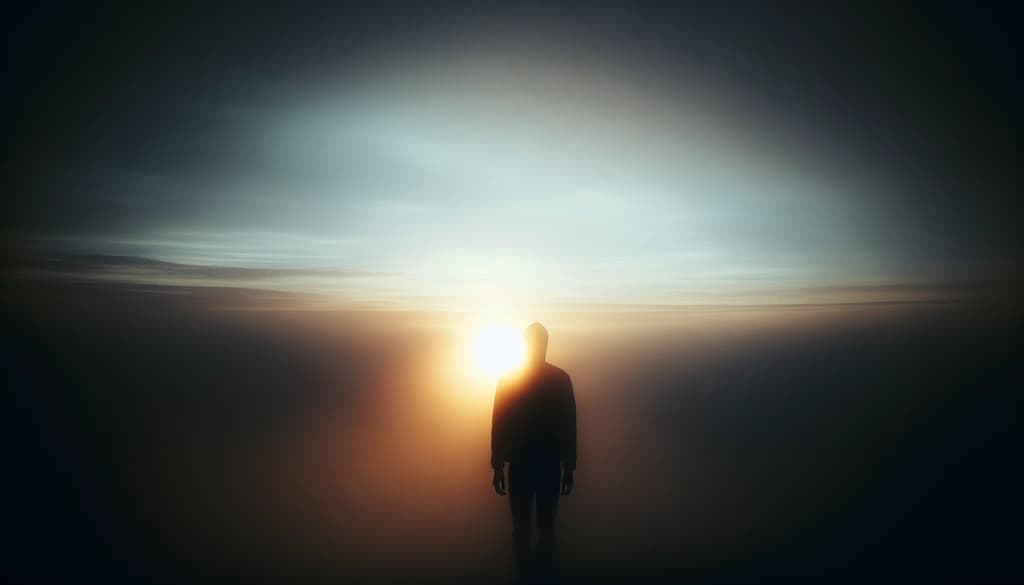Identity in Spiritual Awakening: What Falls Away, What Remains

When the Old Identity Shifts
Identity in spiritual awakening does not always break with thunder. More often, it whispers. You notice the stories about who you are—worker, seeker, outsider, beloved—have softened around the edges. There is questioning, sometimes confusion. Beneath the shifting surface, a quieter thread begins to weave itself through each moment.
What Is the False Self? Where Fear Holds On
There is talk of ego, of the ‘false self.’ It sounds dramatic, but in practice, it is ordinary: the familiar tremor of wanting to be seen, the instinct to defend, the old sting of fear. Layer by layer, the need to hold the world at arm’s length grows heavy. Spiritual awakening brushes up against these patterns—not to erase them, but to make them visible.
The ego is often blamed, yet it too is a gesture: a way to feel safe, to belong. Identity shift during awakening is less of a battle and more like two leaves drifting apart on a stream. Fear clings; awareness softens the grip. What is the ego may offer another way of seeing how this aspect influences our spiritual path.
- A name spoken—do you still answer?
- A memory recalled—does it bind or float?
- A fear awakened—who feels it now?
Who Was I Before the Stories?
Sit quietly. Notice where identity forms and dissolves. For a moment, let the stories rest—good or bad, old or new. There is a steady heartbeat beneath all the roles: a presence undisturbed by shifting masks.
The movement from old self to something unknown is rarely neat. In the light of spiritual awakening, you may find the false self softening, ego quiet in the background, fear sometimes arising but no longer commanding the stage. You breathe. You watch. You notice you are always more than any name you have carried. Sometimes the movement is gentle, sometimes it brushes close to discomfort—the feeling that something essential is dissolving. If you want to look deeper into this dissolving, you might explore the idea of how to dissolve the ego and the openings it brings.
Who you are is not an answer. It is an unfolding. Even as you read these words, the old boundaries quietly loosen. The rest is mystery—quiet, patient, and somehow, always yours. Sometimes a question arises, as old forms dissolve:
What if the ‘I’ itself is just another movement of mind? For those drawn toward this inquiry, the reflection in who am I inquiry can be a companion along the way.
